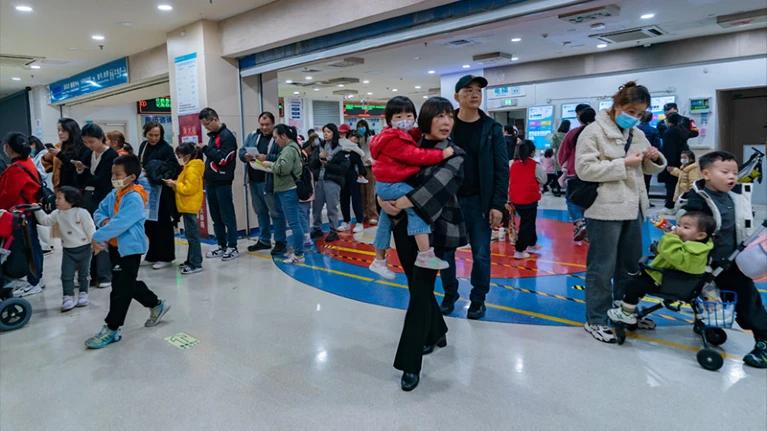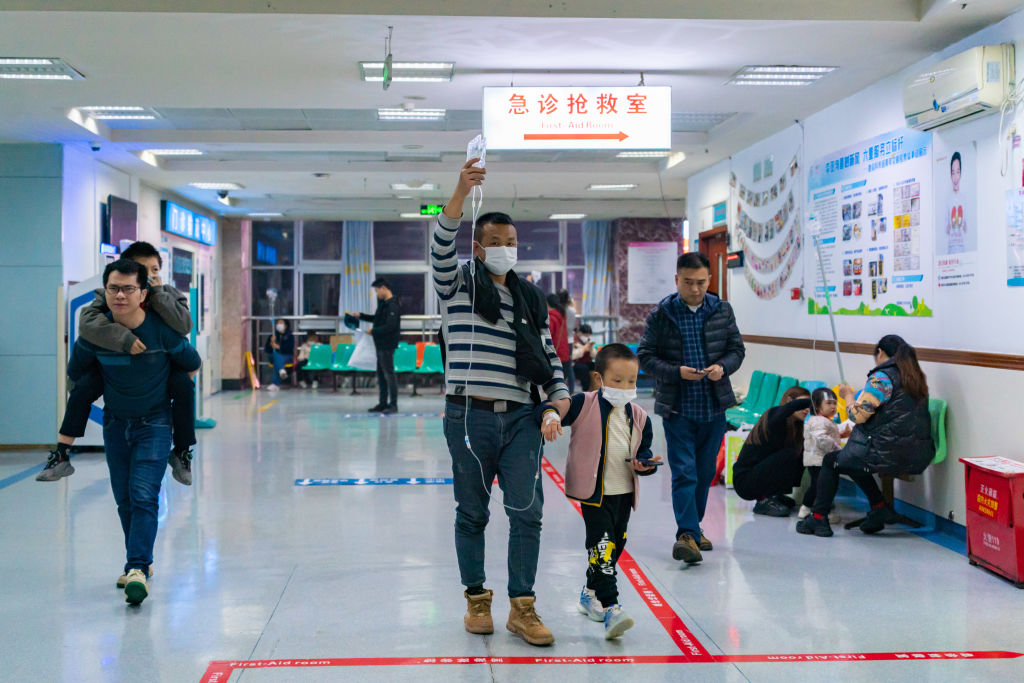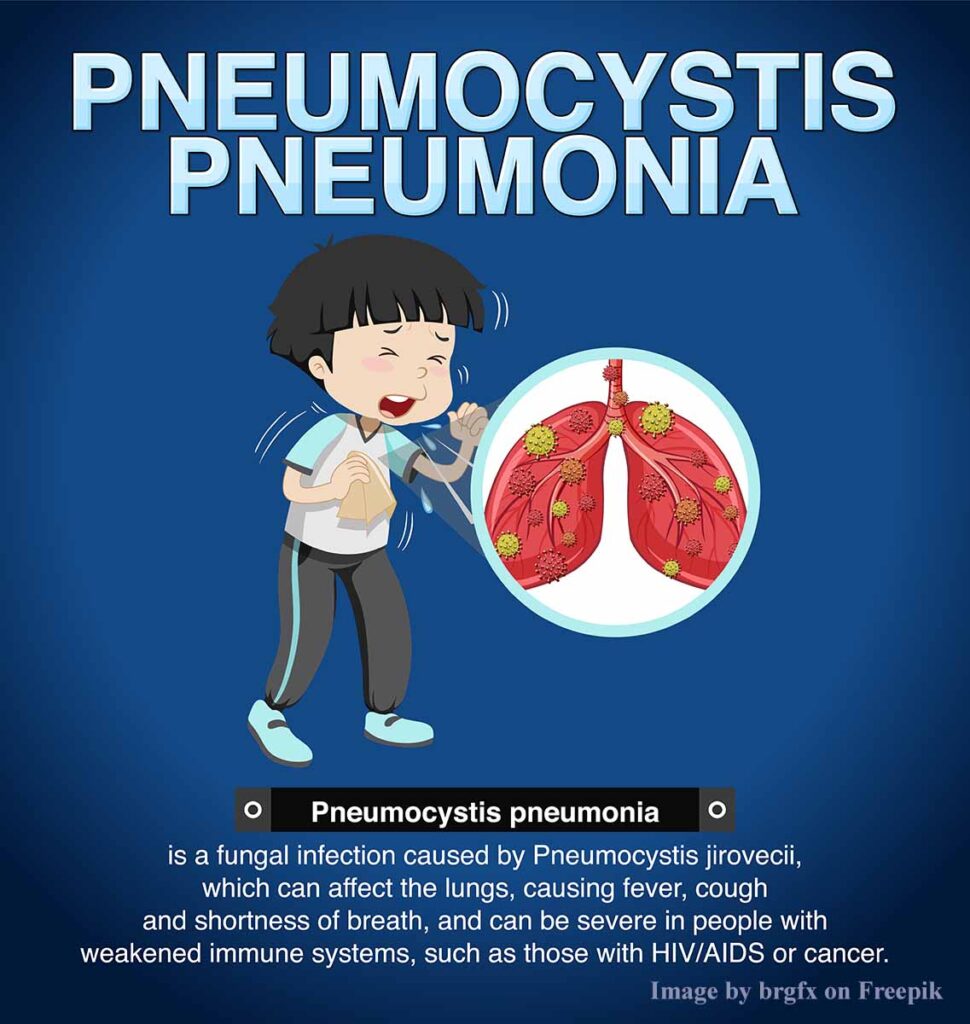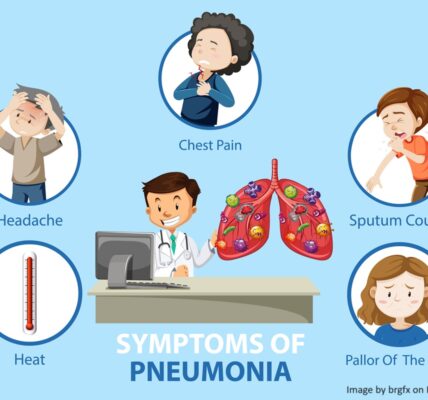Unraveling the Mystery: China Grapples with Alarming Surge in Childhood Pneumonia Cases
In recent weeks, China has witnessed a notable surge in pediatric pneumonia cases, particularly among children, prompting heightened concerns from health authorities. The increase in flu-like illnesses, as reported in October, has raised alarms, especially since this winter marks China’s first without COVID-19 restrictions since the pandemic’s onset in 2020. While an upswing in infections was anticipated due to the relaxation of pandemic measures, the prevalence of pneumonia instead of influenza or respiratory syncytial virus (RSV), as observed in other countries, has drawn attention from epidemiologists.

WHO’s Formal Request for Information:
To allay worries about the rise of a new pathogen, the World Health Organization (WHO) recently clarified that common winter infections, rather than any new pathogens, are responsible for the surge in hospitalizations. The absence of COVID-19 restrictions this winter may contribute to an increase in infections, but the unusually high incidence of pneumonia, particularly in children, remains a focal point for investigation.
Addressing the Concerns:
In response to the alarming situation, the WHO has officially requested detailed information from China to better understand the surge in respiratory illnesses and clusters of pneumonia among children. Chinese health authorities reported an uptick in respiratory diseases, attributing it to well-known pathogens such as adenoviruses, influenza virus, and respiratory syncytial virus (RSV). However, the widespread incidence of pneumonia, especially in the pediatric population, has raised questions about the nature and source of the outbreak.

Concerns Over Unknown Pediatric Pneumonia Outbreak:
Recent reports have indicated a potential unknown pneumonia outbreak, causing chaos in hospitals across Beijing. Pediatric hospitals, including Beijing Children’s Hospital, are reportedly overwhelmed with sick children, leading to the suspension of many schools. Dr. Eric Feigl-Ding, sharing alarming visuals of overcrowded hospitals on social media, emphasized the seriousness of the situation. The WHO has joined efforts to assess the true extent of the outbreak, with ProMed warning of an unknown “walking pneumonia” that presents with high fever and pulmonary symptoms but no cough.
Understanding Symptoms and Warning Signs:
Amid the uncertainties, it is crucial to recognize the symptoms and warning signs associated with pneumonia. Five major red flags include chest pain during breathing or coughing, fatigue or weakness, nausea and/or vomiting, diarrhea, and shortness of breath. Identifying these signs is essential for timely diagnosis and treatment, especially considering that symptoms can be easily mistaken for signs of a cold or the flu, and can vary among individuals, particularly based on age.

Uncertainty Surrounding the Outbreak:
As the WHO awaits additional information from China, uncertainties persist regarding the outbreak’s origin and severity. Dr. Feigl-Ding expressed concerns about the rapid spread of the infection, impacting not only children but also teachers and adults. The unusual nature of the pneumonia outbreak, distinct from influenza and RSV patterns seen in other countries, adds complexity to the ongoing investigation.
Possible Causes and Challenges:
While the surge in respiratory illnesses aligns with the post-COVID winter surges witnessed globally, the predominance of Mycoplasma pneumoniae, a bacterium causing “walking pneumonia,” is unexpected. The resistance of M. pneumoniae to commonly used antibiotics poses challenges to treatment and recovery. Health experts note the importance of closely monitoring the situation to prevent a potential serious outbreak and highlight the need for continuous vigilance despite the differences from the COVID-19 pandemic.
As China grapples with this mysterious wave of childhood pneumonia, global health organizations and local authorities are working collaboratively to understand the outbreak’s dynamics and implement effective measures. The WHO’s formal request for information underscores the urgency of the situation, emphasizing the importance of transparent communication and international cooperation in managing public health crises. The evolving situation in China serves as a reminder of the ongoing challenges in safeguarding public health, even as the world navigates the post-pandemic landscape.




